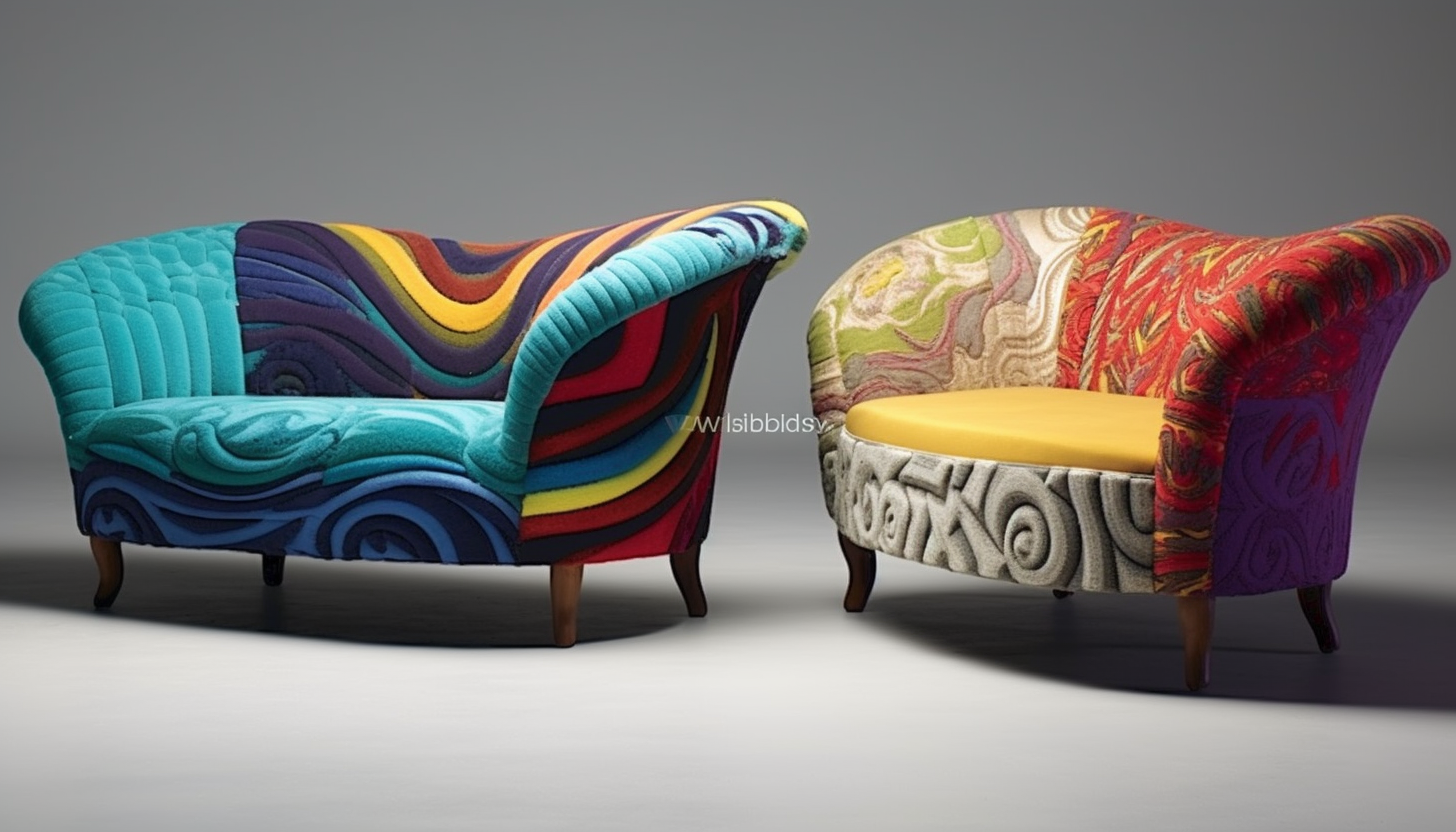P
May 28, 2023
Exploring Cultural Variations in Seating: From Traditional Sofas to Contemporary Couch Designs
#Cultural Variations
#Seating
#Sofas
#Traditional Seating
#Contemporary Couch Designs
#Cultural Influences
#Cultural Symbols
#Furniture
#Shape
#Materials
#Upholstery
#Traditional Designs
#Contemporary Designs

cultural-variations-seating-thumbnail
Understanding Cultural Variations in Seating
When it comes to design, the way we sit can reveal a lot about our culture and values. The type of seating we choose can tell others about our preferences, our sense of comfort, and even our sense of aesthetics. This is especially true when we consider cultural variations in seating. Traditional sofas and contemporary couch designs can hold vastly different meanings, depending on where they're found. Understanding these cultural variations can help designers create more culturally sensitive spaces. Understanding Cultural Variations in Seating
The first step in exploring cultural variations in seating is to understand the traditional sofas and contemporary couch designs found in different cultures. Traditional sofas are found in many homes across the world. These sofas often feature a large, single piece of furniture that can comfortably seat several people. They're usually found in the living room or main social areas of the home and are designed to accommodate multiple people at once. Traditional sofas often feature large, soft seats and a substantial backrest. They're designed to be comfortable for long conversations or for simply relaxing. Contemporary couch designs, on the other hand, are often smaller and more modular in nature. These pieces are often designed to fit in smaller spaces and are meant for more individual use. They're often more modern in design and can feature more unique and unconventional shapes.
Understanding Cultural Symbols
Understanding cultural variations in seating also involves understanding the cultural symbols embedded in these designs. The shape of a sofa can hold significant meaning. For example, in many Asian cultures, a L-shaped sofa is preferred because it allows more people to sit together without seeming crowded. This is a stark contrast to the U-shaped sofas preferred in Western cultures, which symbolize togetherness and unity. The materials used to make the sofa can also hold cultural significance. Leather sofas are popular in many Western countries, signifying comfort and luxury. In Eastern countries, however, synthetic materials are often preferred, as they're often considered more durable and easier to clean.
Furniture as a Mirror of Culture
The materials used to make a sofa are also a reflection of the culture in which it's found. The shape of a sofa can also hold cultural significance. In some cultures, a sofa with sharp edges can imply aggression or unfriendliness. In others, a curved sofa can represent comfort and hospitality. The upholstery of a sofa can also hold cultural significance. For example, in some cultures, a sofa with a patterned upholstery can imply a status of wealth or social standing. In others, a solid-colored upholstery can symbolize simplicity and modesty. Ultimately, the design of a sofa is a mirror of the culture in which it's found. By understanding this, designers can create spaces that are more culturally sensitive and inclusive.
Exploring Traditional and Contemporary Designs
When it comes to exploring traditional and contemporary designs, there are many considerations to take into account. One of the most significant is the type of sofa design. Traditional sofas often feature large, soft seats and substantial backrests. These sofas are designed to be comfortable for long conversations or for simply relaxing. Contemporary couch designs, on the other hand, are often smaller and more modular in nature. They're often more modern in design and can feature more unique and unconventional shapes. Considerations about materials and upholstery can also play a role in the type of sofa design desired. Leather sofas are popular in many Western countries, signifying comfort and luxury. In Eastern countries, however, synthetic materials are often preferred, as they're often considered more durable and easier to clean.
Conclusion
Understanding cultural variations in seating requires a deep understanding of the cultures in which these designs are found. It involves understanding the symbols embedded in the design, the materials used to make the furniture, and the shape and size of the sofa itself. By understanding these cultural variations, designers can create spaces that are more culturally sensitive and inclusive. Whether you're designing a traditional sofa or a contemporary couch design, it's important to consider the cultural influences and symbols that are embedded in these designs. By doing so, you can create a space that truly reflects the culture of the people who will be using it.

